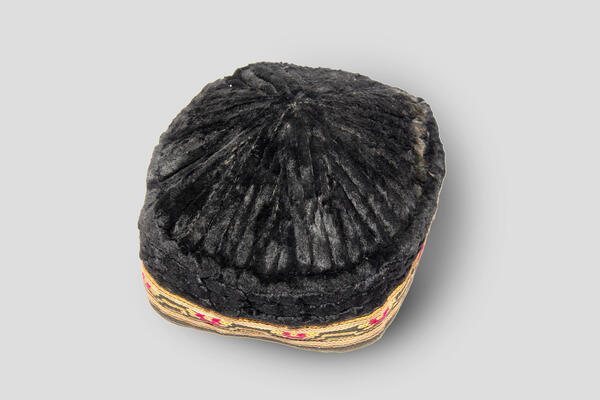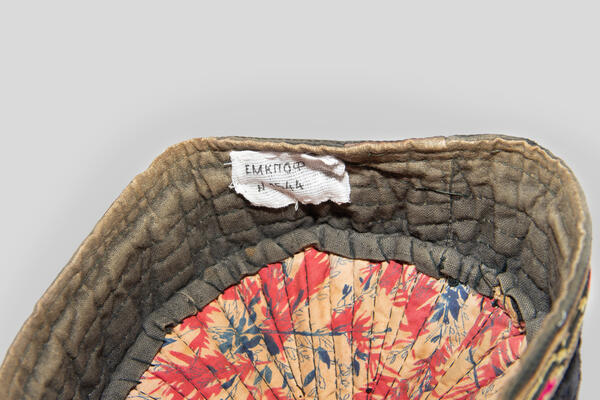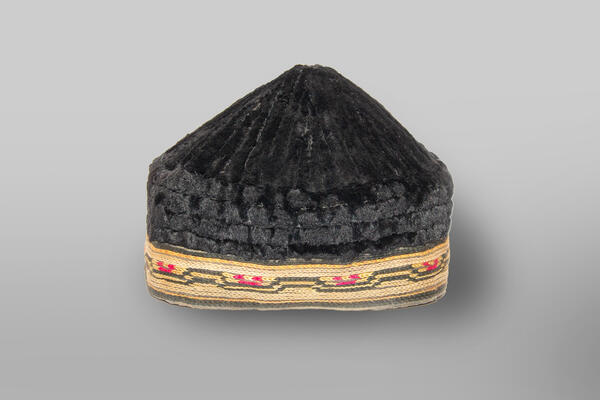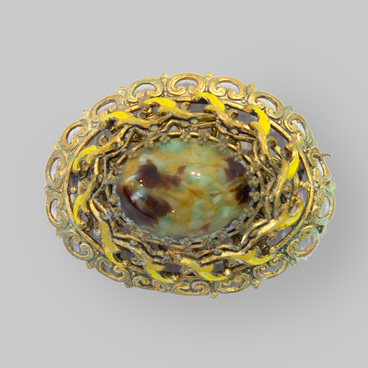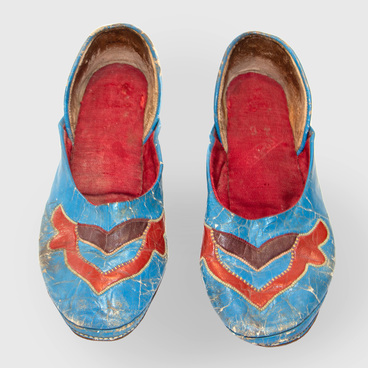Some researchers believe that the tubeteika developed from a pointed hat, which was worn under a turban, and the tubeteika itself was adopted in the Turkic world after the Arab Islamic conquest.
Tubeteikas are worn by all Turkic peoples — Bashkirs, Tatars, Tajiks, Kirghiz and many others. Even the word “tubeteika” comes from the Turkic “tyube”, which means “top”. Nobody can say for sure where this headdress first appeared, but according to one version, tubeteikas originated from the balaclavas worn by ancient warriors, which they put on under their helmets so that the metal would not touch the head. If necessary, balaclavas could also soften the blow.
In the past, tubeteikas indicated the wearer’s special status, his belonging to a certain social class. People used to say: “Show me your skullcap, and I will tell you where you come from, how rich you are, and if there is a joyful or a tragic event in your family…” Now the purpose of the tubeteika has changed. Firstly, it protects the head from the burning Asian sun, and secondly, according to the Holy Scriptures, Muslims are forbidden to appear in public places without a tubeteika, so it has also become part of the religious costume.
Most often, black satin or velvet was chosen for men’s tubeteikas. Women’s tubeteikas are made of silk, velvet, and brocade. They can have a high or low rim, be trimmed with a single-color or multi-color piece made of other fabrics, embroidered with silk, beads, as well as metalized threads, glass beads, and metal onlays.
This tubeteika from the museum has a round shape resembling a yurt: it is cone-shaped in the upper part and has narrow sides decorated with trimmings. Black velveteen is the fabric used to make the tubeteika. The lining is similar in shape and also black. The old residents of the Embaevo village used to wear exactly this type of tubeteikas. Tubeteikas remain relevant today. That is why the art of decorating tubeteikas is not standing still: each master has his own unique style and uses modern materials and motifs for decoration. This tubeteika came from the family of the imam from the mosque of the Embaevo village.
Tubeteikas are worn by all Turkic peoples — Bashkirs, Tatars, Tajiks, Kirghiz and many others. Even the word “tubeteika” comes from the Turkic “tyube”, which means “top”. Nobody can say for sure where this headdress first appeared, but according to one version, tubeteikas originated from the balaclavas worn by ancient warriors, which they put on under their helmets so that the metal would not touch the head. If necessary, balaclavas could also soften the blow.
In the past, tubeteikas indicated the wearer’s special status, his belonging to a certain social class. People used to say: “Show me your skullcap, and I will tell you where you come from, how rich you are, and if there is a joyful or a tragic event in your family…” Now the purpose of the tubeteika has changed. Firstly, it protects the head from the burning Asian sun, and secondly, according to the Holy Scriptures, Muslims are forbidden to appear in public places without a tubeteika, so it has also become part of the religious costume.
Most often, black satin or velvet was chosen for men’s tubeteikas. Women’s tubeteikas are made of silk, velvet, and brocade. They can have a high or low rim, be trimmed with a single-color or multi-color piece made of other fabrics, embroidered with silk, beads, as well as metalized threads, glass beads, and metal onlays.
This tubeteika from the museum has a round shape resembling a yurt: it is cone-shaped in the upper part and has narrow sides decorated with trimmings. Black velveteen is the fabric used to make the tubeteika. The lining is similar in shape and also black. The old residents of the Embaevo village used to wear exactly this type of tubeteikas. Tubeteikas remain relevant today. That is why the art of decorating tubeteikas is not standing still: each master has his own unique style and uses modern materials and motifs for decoration. This tubeteika came from the family of the imam from the mosque of the Embaevo village.

